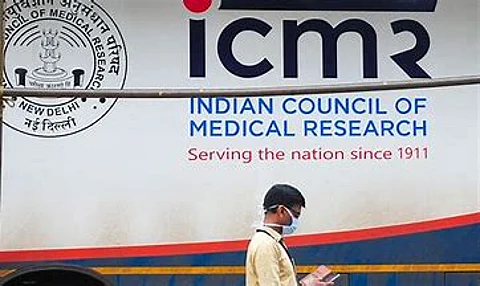

A recent study by the Indian Council of Medical Research (ICMR) has revealed a significant shortfall in radiotherapy utilisation across all cancer types in India. The study, published in BMC Cancer, emphasizes the urgent need for strategic interventions to close the gap in radiotherapy equipment and ensure equitable cancer care access nationwide.
According to the findings, only 28.5% of cancer patients in India currently receive radiotherapy, far below the estimated optimal rate of 58.4%. This underutilisation is particularly concerning given that breast, head and neck, lung, and cervical cancers account for nearly 60% of India’s total radiotherapy demand.
Researchers from the ICMR–National Centre for Disease Informatics and Research (NCDIR), Bengaluru, conducted the study using epidemiological data from the National Cancer Registry Programme and international benchmarks from the Australian Collaboration for Cancer Outcomes Research and Evaluation (CCORE). The analysis included sensitivity assessments and estimations of optimal radiotherapy fractions and equipment needs.
The study found that India needs between 1,585 and 2,545 radiotherapy machines to meet current and projected demand. Depending on previous benchmark assumptions, this requirement could range from 2,016 to 2,291 external beam radiotherapy units. However, only 794 megavoltage (MV) machines are currently available, resulting in a 45% shortfall from the WHO’s minimum standard of one radiotherapy unit per million people. With India’s population projected to reach 1.45 billion in 2025, the need for scaling up infrastructure is urgent.
Radiotherapy is a cornerstone in cancer treatment, essential for tumour control, pre-surgical downsizing, and palliative care. Yet, in India and other low- and middle-income countries (LMICs), its availability is limited due to high capital and operational costs.
The study emphasized that radiotherapy utilisation is suboptimal across most cancer sites. The most severe deficits are seen in lymphoma and lung cancer, where utilisation falls short by over 70%, followed by prostate, breast, and oesophageal cancers.
The study also highlighted that India’s optimal radiotherapy utilisation (58.4%) exceeds the levels estimated for developed countries, such as Australia (48.3%) and European nations (51%). Even among middle-income countries, the average optimal RTU is lower, ranging between 47% and 56%.
With cancer incidence in India expected to reach 1.57 million cases by the end of 2025, cancer is now the fifth leading cause of death in the country. The findings stress the importance of investment in radiotherapy services, both in terms of expanding infrastructure and addressing geographical disparities in service availability.
To support long-term planning, the study recommends a comprehensive situational analysis of radiotherapy facilities, including deployment, capacity, usage patterns, and patient throughput. It also calls for strengthening cancer screening and early detection efforts, which could reduce late-stage diagnoses and potentially lower the overall radiotherapy burden.
India is also working to develop and deploy affordable indigenous radiotherapy machines, aiming to reduce costs and reliance on imported technology. The study suggests that such efforts, combined with informed policymaking guided by cancer registry data, are critical to closing the existing treatment gap.
In conclusion, this ICMR study serves as a wake-up call, urging health authorities to align radiotherapy capacity with the country’s growing cancer burden and ensure equitable access to this life-saving treatment.